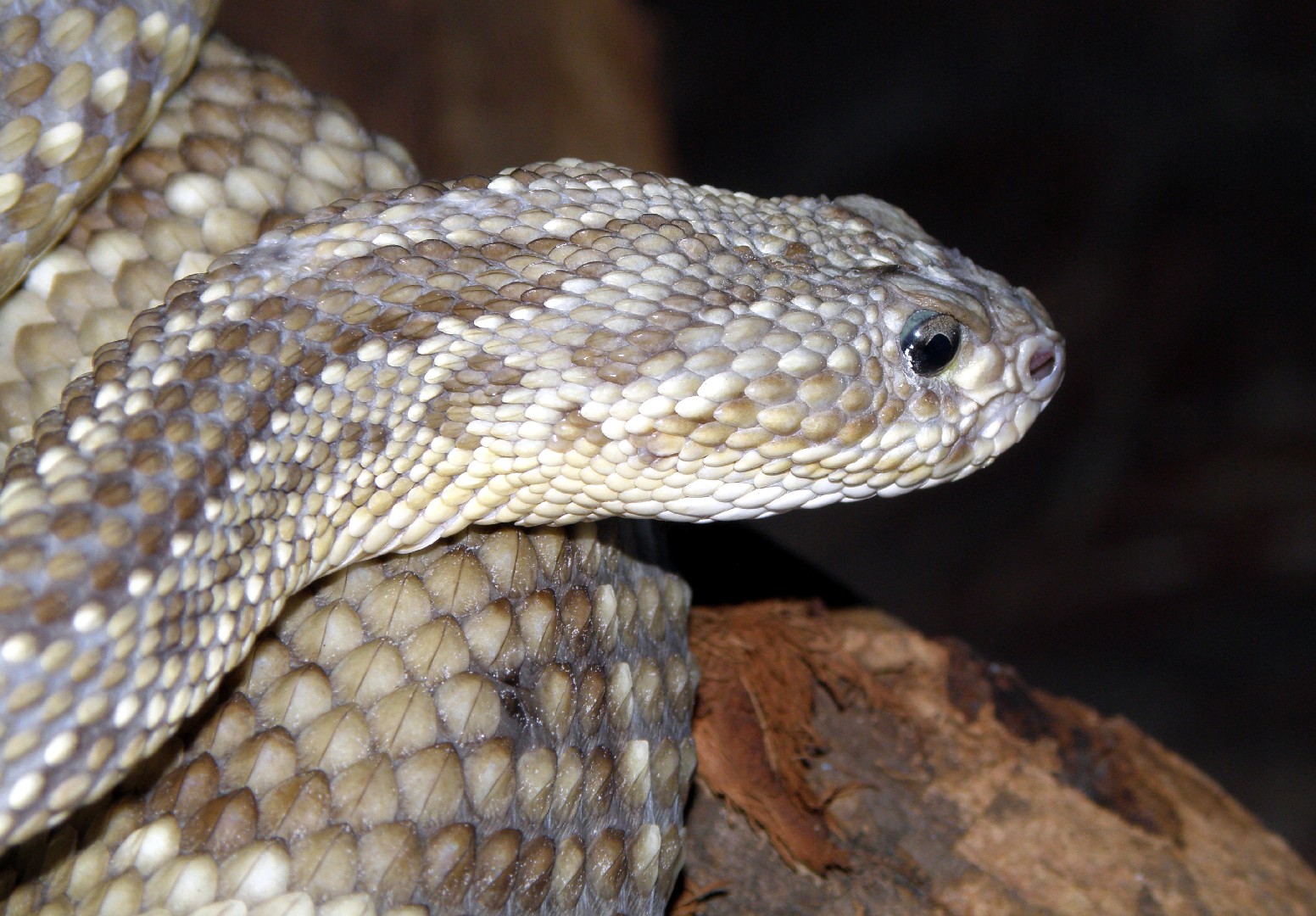Crotalus durissus terrificus
A species of Rattlesnakes Scientific name : Crotalus durissus terrificus Genus : Rattlesnakes
Crotalus durissus terrificus, A species of Rattlesnakes
Scientific name: Crotalus durissus terrificus
Genus: Rattlesnakes
Content
Description General Info
 Photo By CHUCAO , used under CC-BY-SA-3.0 /Cropped and compressed from original
Photo By CHUCAO , used under CC-BY-SA-3.0 /Cropped and compressed from original Description
Crotalus durissus terrificus, commonly known as the South American rattlesnake, relies heavily on its potent neurotoxic venom, one of the most toxic among rattlesnakes, for both predation and defense. It exhibits a unique ambush hunting strategy, lying motionless while waiting for prey to approach. In its neotropical habitat, the snake plays a critical role in controlling rodent populations.
General Info
Lifespan
15-20 years
Diet
Crotalus durissus terrificus is primarily a carnivore, specializing in small mammals like rodents. With the aid of its highly potent venom, it incapacitates its prey before ingestion, relying lesser on physical strength and more on its biochemical weaponry.
Appearance
The crotalus durissus terrificus is a large venomous snake with a thick body covered in scales. Its color varies from a yellowish base with darker irregular crossbands, to fully dark grey or brown. Adult snakes have a large, heavy head equipped with long, movable fangs. The tail ends in a distinctive rattle. Adolescent snakes have a similar appearance but are smaller and lighter in color.
Behavior
Crotalus durissus terrificus is a solitary, highly venomous serpent known for its defensive strikes. While typically reclusive, it displays aggressive behavior when threatened, using its rattle as a warning. A nocturnal ambush predator, it uses heat-sensing pits to locate prey. During the dry season, it exhibits semi-fossorial behavior, taking refuge in rodent burrows or under rocks.
Scientific Classification
Phylum
Chordates Class
Reptiles Order
Lizards and snakes Family
Vipers Genus
Rattlesnakes Species
Crotalus durissus terrificus